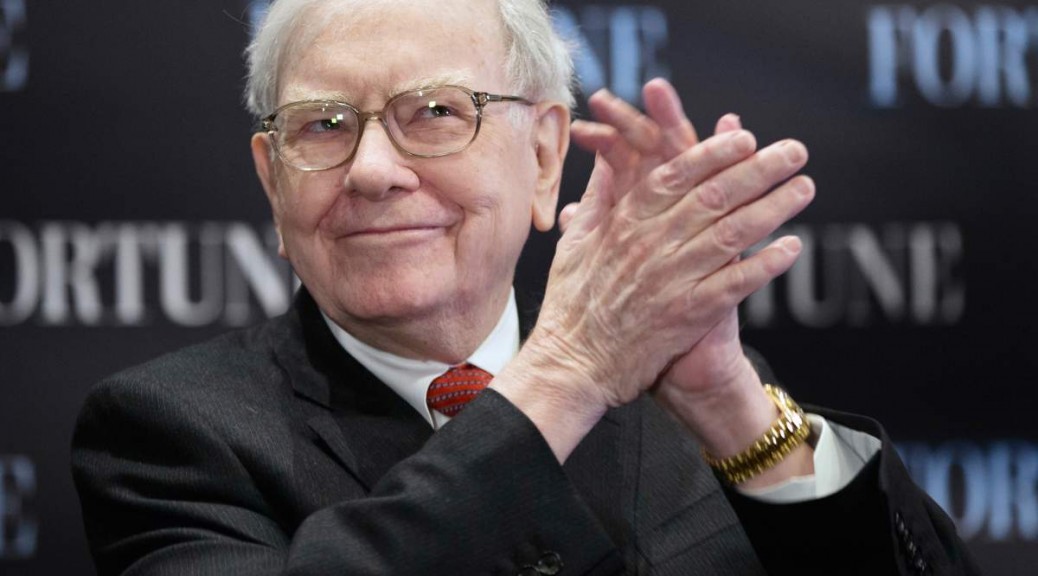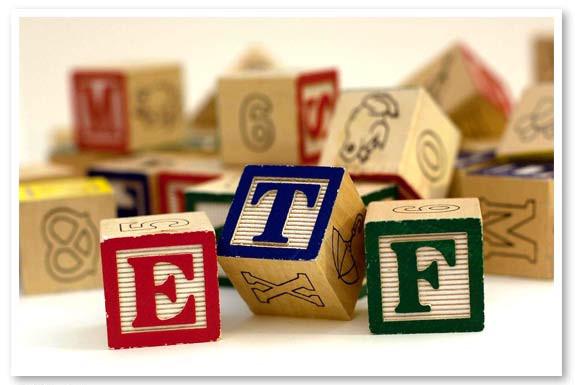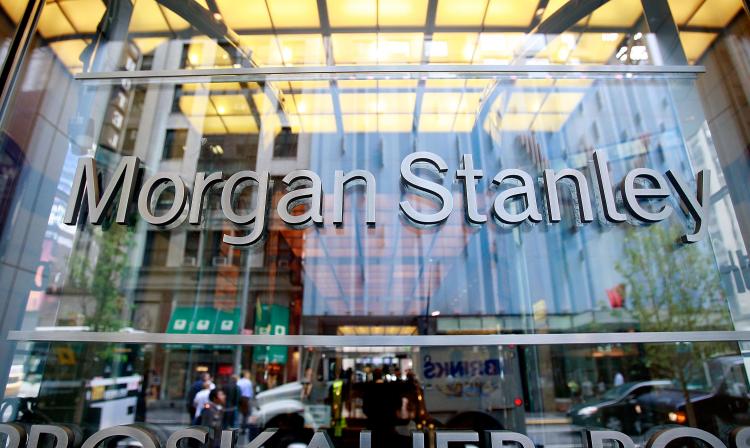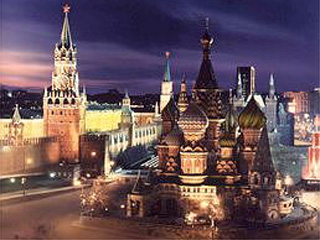Insurance Co PMs are increasingly getting “the memo” : Exchange-Traded Funds (ETFs) Make Sense..
(Pensions & Investments) Exchange-traded funds have permeated almost every corner of the financial markets, but insurance companies have primarily kept their distance. That may be changing.
Though several U.S. insurers have navigated the $2.4 trillion ETF marketplace through variable-annuity products, integration into general accounts has been more recent, many observers say.
According to S&P Dow Jones Indices, insurers have only scratched the surface in their use of ETFs. Analyzing National Association of Insurance Commissioners data through 2015, S&P found that property and casualty, life and health insurers only reported an aggregate $15 billion invested in ETFs for general accounts, but the growth of ETF assets has outpaced overall growth of general account assets, which approached $6 trillion at the end of 2015, according to SNL Financial.
Since 2006, the amount of ETFs held by Insurance Co PMs has increased 146% and grown 14.5% per year, whereas total assets in general accounts have increased 26% in the same period, according to S&P. And, as with many measures of institutional investment in ETFs, year-end holdings are not necessarily indicative of ongoing ETF usage in more temporary functions such as transitions and liquidity management.
S&P projects ETF asset values for insurers to double in five years, in line with Greenwich Associates’ annual institutional ETF survey which indicated 71% of insurers surveyed in 2015 expected to increase their allocation to ETFs.
“It’s clear that the largest ETF providers — BlackRock (BLK), State Street and Vanguard — have been working more closely with the insurance companies,” said Todd Rosenbluth, director of ETF and mutual fund research at S&P Global Market Intelligence, New York. “But it’s also a size aspect. Smaller insurers with fewer resources have been more willing to use index ETFs compared to larger insurers paying for active management and investment due diligence.”
“Compared to financial advisers and pension managers, insurance general account managers have more assets and greater risk aversion,” added Mr. Rosenbluth. “The ETF education model is different.”
If you’ve got a hot tip, a bright idea, or if you’d like to get visibility for your firm through MarketsMuse via subliminal content marketing, advertorial, blatant shout-out, spotlight article, etc., please reach out via this link
More recently those “educational” conversations are including the growing asset base and efficacy of fixed-income ETFs, said Steve Mickle, a director of institutional sales and trading with WallachBeth Capital LLC in San Francisco. He said that insurers have become the agency brokerage firm’s fastest growing clientele. “They see the size and liquidity of some of the earliest and most foundational fixed-income ETFs as utility products, ones that work for parking cash or interim benchmarking,” said Mr. Mickle.
According to WallachBeth, 132 fixed-income ETFs have been assessed by the National Association of Insurance Commissioners for risk-based capital treatment that could potentially be more favorable than common stock (as ETFs are traditionally reported).
“The NAIC designation is an added feature,” said Bill Best, managing director at VanEck in New York, “but some of the largest insurers are still working through the products and mechanics of ETFs.”
Josh Penzner, managing director at BlackRock Inc. (BLK), has observed insurers testing the waters of fixed-income ETFs, particularly to manage cash liquidity and investment exposures as a placeholder before purchasing bonds that have been “and will continue to be” the core of insurance general account portfolios.
To continue reading, click here
MarketsMuse blog post title Insurance Co PMs are increasingly getting “the memo” : Exchange-Traded Funds (ETFs) Make Sense..




















